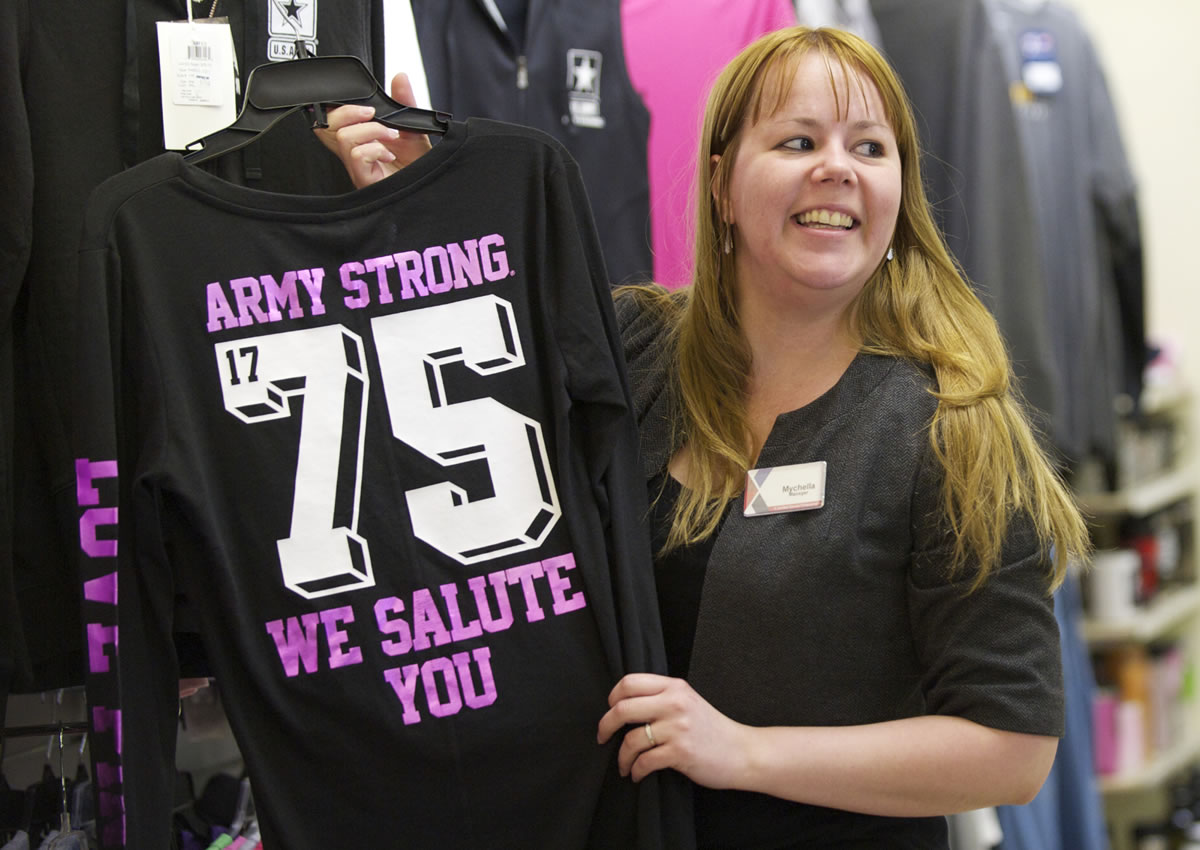1848: Secretary of war sets aside 10 square miles for Fort Vancouver military reservation; soldiers arrive.
1849: Capt. Ulysses S. Grant arrives as regimental quartermaster.
1853: Post reduced to 1 square mile between what is now Fourth Plain Boulevard and Columbia River.
1860s: Troops fight in the Civil War.
1879: Name changed to Vancouver Barracks.
1906: Construction of Barnes Hospital, forerunner of Veterans Affairs Medical Center, and Camp Hatheway, on current site of Clark College.
1917: World War I brings in 30,000 soldiers for training, deployment.
1945: 30,000 military personnel come and go from barracks, a hub for soldiers returning from World War II.
1986: Lt. Col. Royce Pollard takes command of barracks.
2000: Last four active-duty Army officers and six civilians pull out of Vancouver Barracks, leaving Reserve and National Guard units.




